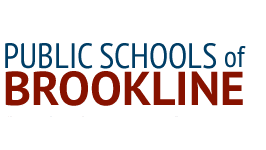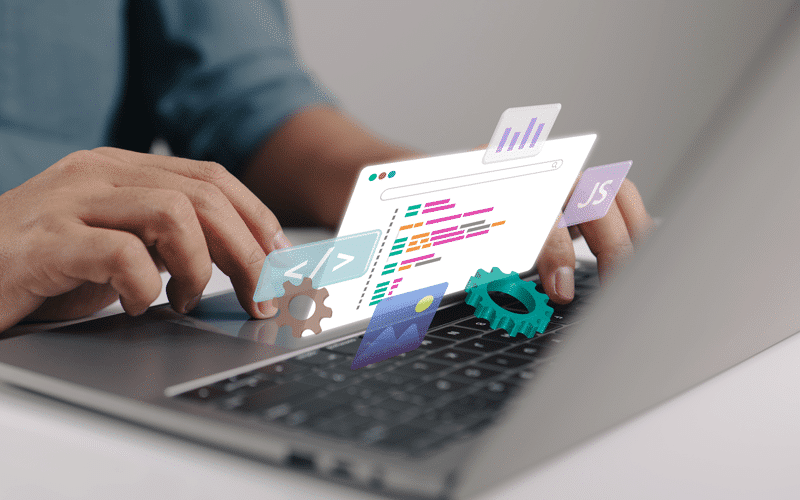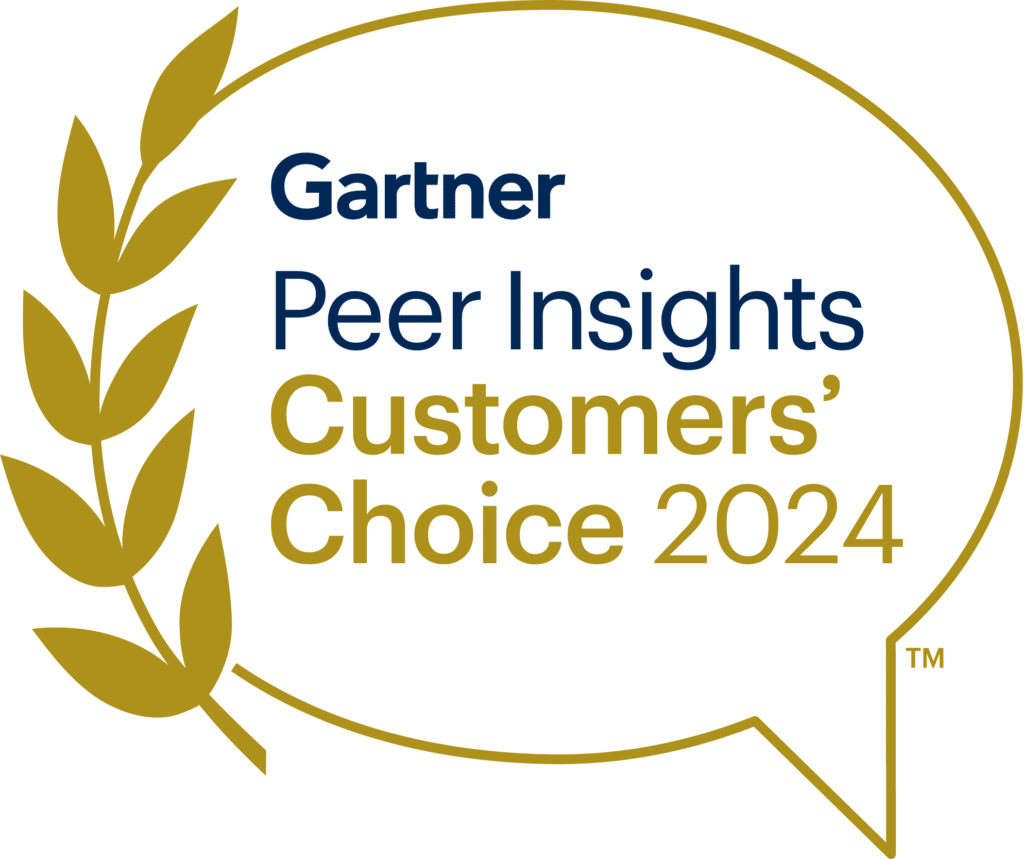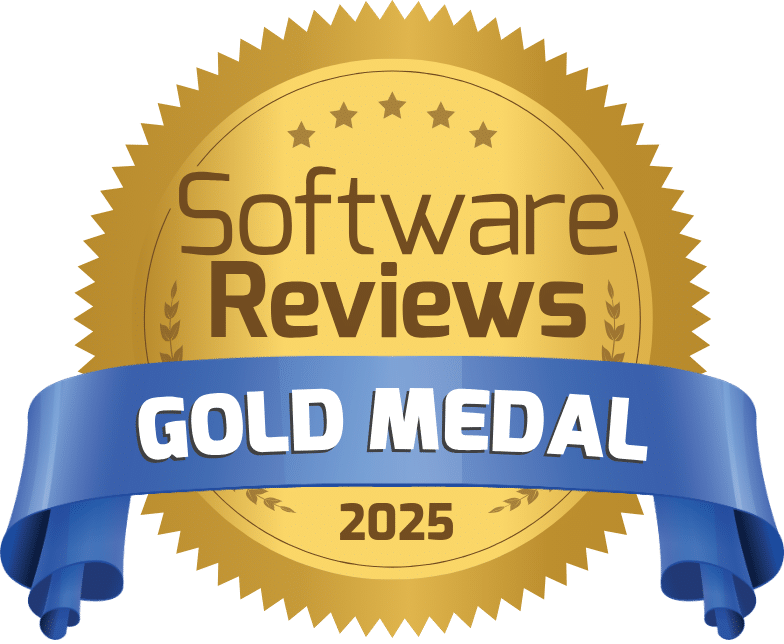K-12 districts are looking for ITSM/ESM platforms that offer low admin overhead. Download the Info-Tech Vendor Comparison Report.

TeamDynamix is the perfect fit for K-12 Districts.








K-12 Districts are under pressure to manage an increasingly more difficult cybersecurity landscape while being resource-constrained. As a result, areas like the IT service desk are often overwhelmed—between managing tickets, loaner programs and equipment replacement requests, the team is often spinning their wheels trying to keep up.
To help alleviate these issues, many K-12 districts are turning to no-code ITSM platforms that offer automation to help manage things like password resets, on/off-boarding, software provisioning and more.
K-12 districts seek ITSM platforms that are easy to configure and deploy.
Self-service is critical – the portal needs to be accessible and easy to navigate .
Quickly evolve and expand enterprise service to facilities, HR and other groups.

K-12 education is going through unprecedented disruptions and challenges. In K-12 schools and districts, technology has traditionally been seen as secondary to the primary focus of education. This is a challenge for IT departments because they must compete with better-funded industries for skilled staff while still protecting their schools against the same cyber threats.
Moreover, technology is becoming increasingly important to the delivery of education and changing the way IT works with its stakeholders. There are uncertainties about transforming the digital business to adopt rapidly changing technologies.
An InformationWeek study has revealed that IT teams are spending 2-3 months a year (5-10 hours per week) on mundane, repetitive tasks that can be automated. In K-12 districts there is a finite number of resources, and many of these resources are being deployed for cybersecurity, there is simply no time to waste on ‘toil’ that can be automated.
From password resets to on/off-boarding, software provisioning to user/group permission updates—much of this work is consuming valuable hours that would be better spent on tech upgrades.

When you consider all of the time being spent on manual processing, it is no surprise that IT leaders in K-12 are keen to automate as much as possible, especially when it comes to IT Service Management (ITSM). However, until recently this meant that they would need to allocate developers to lengthy projects that would consume all available hours. Now there is a new way forward thanks to no-code platforms that allow for easy workflow building, district-wide system integration and automation—all without any coding.
By adopting the ITIL framework, many CIOs in K-12 are able to reduce the volume of tickets, decrease response time, and improve both technician and client satisfaction.
Reduce ticket volume and improve team collaboration with ITIL-aligned change management.
Get all of the information in one place with a single platform for tickets and assets.

Justin Michaud
Senior IT Program Manager
Matanuska-Susitna K-12 District
Part of that “customer-focused” mindset is investing in self-service. K-12 districts can use a self-service portal and knowledge base to allow users to resolve many of their own IT issues—such as resetting their network password.

For K-12 districts, collaboration and end-user service are everything. For this reason, many IT leaders are adopting service management platforms that can be easily expanded beyond IT to other groups like facilities, media services, catering and human resources.

With a no-code ITSM/ESM platform, K-12 Districts can seamlessly and incrementally expand service management to other departments using the same tooling as ITSM, maximizing the ROI and minimizing the ramp-up time.
By aligning and integrating service management practices across different departments, organizations can use ESM to achieve greater efficiency and improved employee experience. Fundamentally, ESM helps organizations to break down silos and encourage collaboration between teams, which is essential in the fast-paced, interconnected world of digital business.
ESM platforms must be easy to administer so that various groups can manage their own portal content, forms, fields and workflows.
Custom dashboards have distinct views for each team. This allows HR or facilities to quickly see the information relevant to their teams.
An ESM platform needs to offer segregated assets so that a team such as facilities can view their assets separately from the IT group.
Whether you are looking to level up an older ticketing platform or considering migration to a no-code platform, you will benefit from this comprehensive report which looks at business value, ease of use, strategy and innovation across ITSM vendors. Get the Info-Tech Vendor Rankings Report.






Justin Michaud
Senior IT Program Manager
Matanuska-Susitna K-12 District
SOLUTIONS FOR K-12 DISTRICTS
Life-cycle IT Service Management with support for ITIL, assets, change, self-service, conversational AI and automation.






Unlock the power of seamless service delivery, intelligent AI solutions and automated efficiency. Take your enterprise to new heights with TeamDynamix.